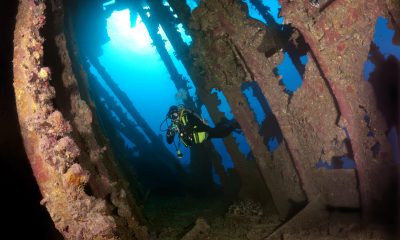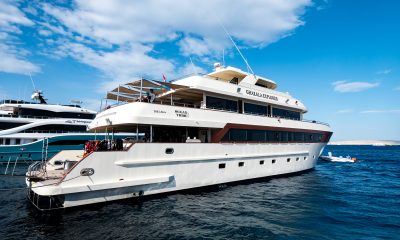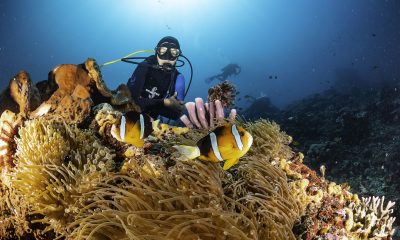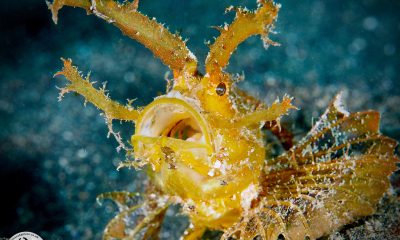News
Cool Drysuit Dives
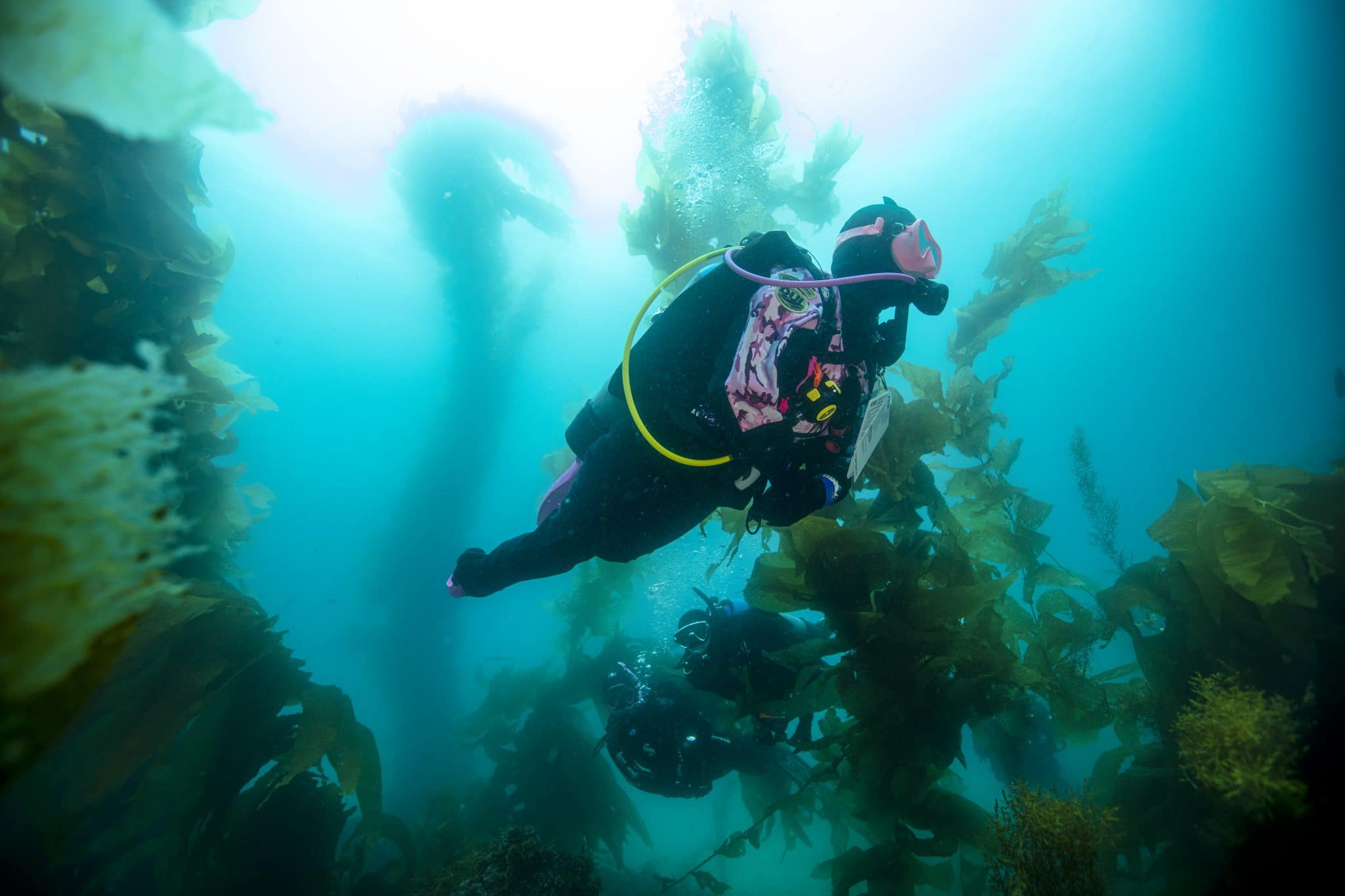
In the mood for a snowy holiday when you can get back into the water? Why not get back to your favourite underwater sport instead of hitting the slopes like everyone else? Check these incredible dive sites and explore a new underwater world in your drysuit!
The quirkiest and spookiest ice diving site in Europe is only 45 minutes driving from the capital of Estonia, Tallinn. Rummu Quarry used to be a limestone mining site and a prison. When the excavation labour ceased in the 1990s, pumps that kept the quarry dry were shut down. Soon water started flooding the entire site. After the prison closed in 2012, Rummu became an adventure centre where you can practice different outdoor sports including diving in the crystal-clear waters of the quarry and explore the sunken ruins of the prison. Diving in Rummu Quarry is also available in the winter, making it a one-of-a-kind ice diving spot. Will you dare to do it?
Who to Dive With:
PADI 5 Star Center
Sireli Tanav 11, Harju Maakond, Rummu Quarry, Estonia 76102
+372 588 733 78

If diving in frozen lakes, which have almost no aquatic life, is not exciting enough for you, Russia is the place to go to practice marine ice diving. At the level of the Arctic Circle, the White Sea is the only sea that freezes in winter as all other places are warmed up by the Gulf Stream. Leaving from the shores of the region of Karelia, between St Petersburg and the border of Finland, you can go ice diving from December to April. In addition to impressive ice formations, you can also enjoy on the rocky sea-bed a surprise abundant marine fauna with soft coral, starfish, crabs, shrimps, sea urchins and sea anemones. An important point to remember, salt-water freezes at -1.8°C!
Who to Dive With:
PADI Dive Center
Nilmaguba, Loukhski Region, Republic of Karelia, Russia
(7) 495 105 7799

You won’t find salty seas in Switzerland, but alpine lakes and rivers make for unique and mystical scuba diving.
Lake Geneva has a variety of dives to discover. Wall dives and freshwater scenery can be perused beneath the surface. There is even a wreck dive – a stellar spot for more advanced divers to take the plunge.
Another is Lake Zurich, where you can head to excellent scuba spots right from the shore. The lake is serene, with lofty mountains cascading upward from the lakeshore. Glacially fed, the lake has sublime visibility.
River divers will be blown away by the Verzasca, an impossibly clear river found just south of the Alps near the border of Italy.
Who to Dive with at Lake Geneva:
PADI 5 Star Center and Instructor Development Center
Route D’Arvel 106, Villeneuve, Switzerland 1844
+41 21 9601535

Landlocked Austria wouldn’t seem a good place for diving, but you can’t judge a book by its cover.
The Salzkammergut region of Austria has almost 170 lakes. A favourite is lake Attersee, where there are dive sites galore to check out, in this, the largest of the area’s lakes. Nazi treasures were once held in Wolfgangsee, and though you can’t take them with you, you can still see them on a dive.
During a trip here you can swim in the cold, gin clear water, checking out park benches, trees, and trails, all on a carpet of green grass. It’s unreal!
Who to Dive with at Salzburg Lakes:
PADI 5 Star Center
Innsbrucker Bundesstrasse 53, Salzburg, Austria 5020
+43 662 890259
Inspired to start your own ice diving adventure? Find out more about the PADI Ice Diver specialty and head to PADI Travel to look for amazing destinations.
Gear News
Scubapro Free Octopus Promotion 2024

Free Octopus with every purchase of a SCUBAPRO regulator system
Just in time for the spring season, divers can save money with the FREE OCTOPUS SPRING PROMOTION! Until July 31st SCUBAPRO offers an Octopus for free
with every purchase of a regulator system!
Get a free S270 OCTOPUS with purchase of these combinations:
MK25 EVO or MK19 EVO with A700
MK25 EVO or MK19 EVO with S620Ti
MK25 EVO or MK19 EVO with D420
MK25 EVO Din mit S620Ti-X
Get a free R105 OCTOPUS with purchase of the following combinations:
MK25 EVO or MK19 EVO with G260
MK25 EVO or MK17 EVO with S600
SCUBAPRO offers a 30-year first owner warranty on all regulators, with a revision period of two years or 100 dives. All SCUBAPRO regulators are of course certified according to the new European test standard EN250-2014.
Available at participating SCUBAPRO dealers. Promotion may not be available in all regions. Find an authorized SCUBAPRO Dealer at scubapro.com.
More information available on www.scubapro.com.
Blogs
Northern Red Sea Reefs and Wrecks Trip Report, Part 3: The Mighty Thistlegorm
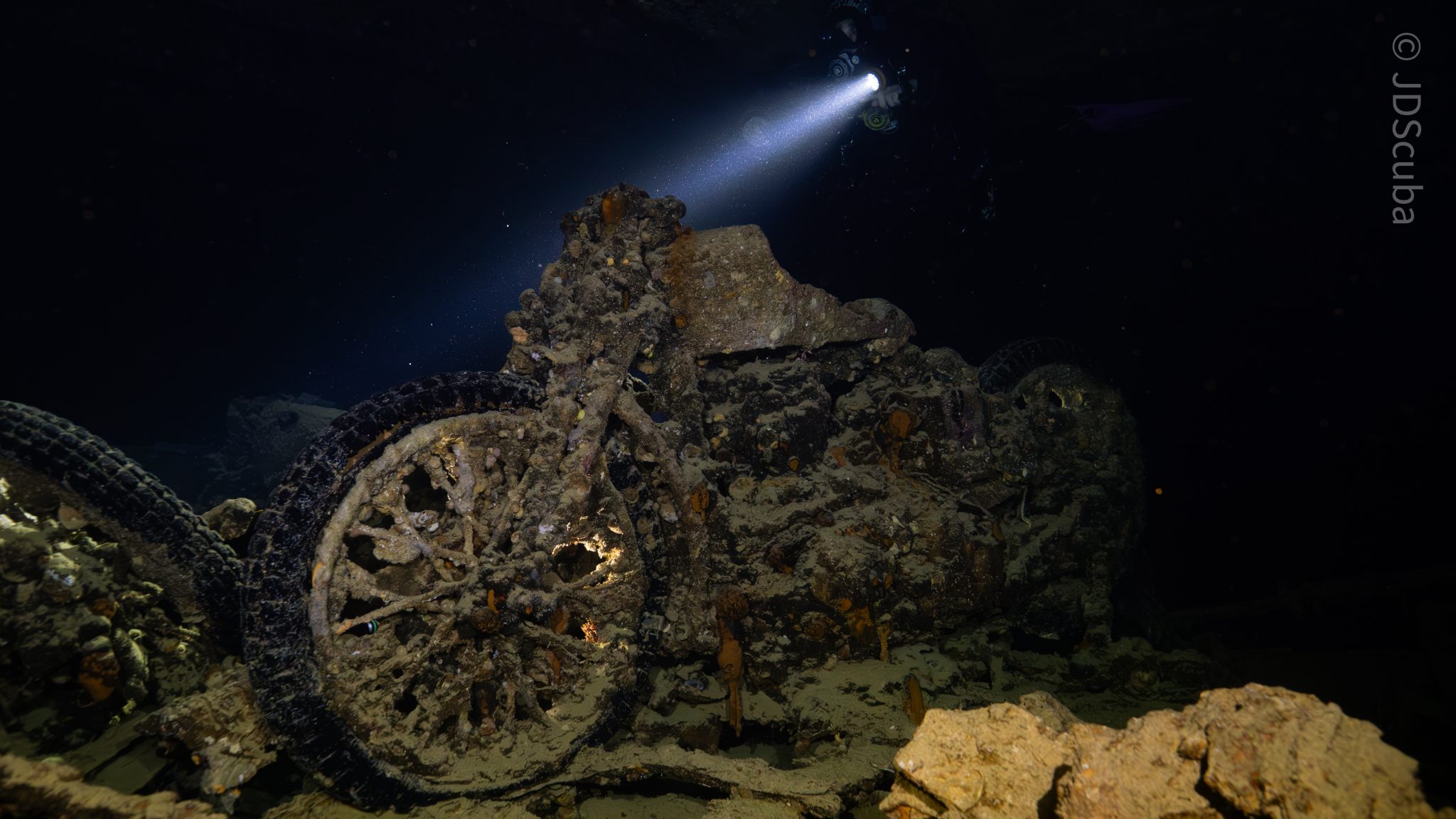
Jake Davies boards Ghazala Explorer for an unforgettable Red Sea diving experience…
Overnight, the wind picked up, making the planned morning dive a bit bumpy on the Zodiacs to the drop point on Thomas Reef. There, we would dive along the reef before descending through the canyon and then passing under the arch before ascending the wall with a gentle drift. The site provided great encounters with more pelagic species, including shoals of large barracuda, tuna, and bigeye trevally.
Once back on the boat, it was time to get everything tied down again as we would head back south. This time, with the wind behind us, heading to Ras Mohammed to dive Jackfish Alley for another great gentle drift wall dive before then heading up the coast towards the Gulf of Suez to moor up at the wreck of the Thistlegorm. This being the highlight wreck dive of the trip and for many onboard, including myself, it was the first time diving this iconic wreck. I had heard so much about the wreck from friends, and globally, this is a must on any diver’s list. Fortunately for us, there was only one other boat at the site, which was a rarity. A great briefing was delivered by Ahmed, who provided a detailed background about the wreck’s history along with all the required safety information as the currents and visibility at the site can be variable.
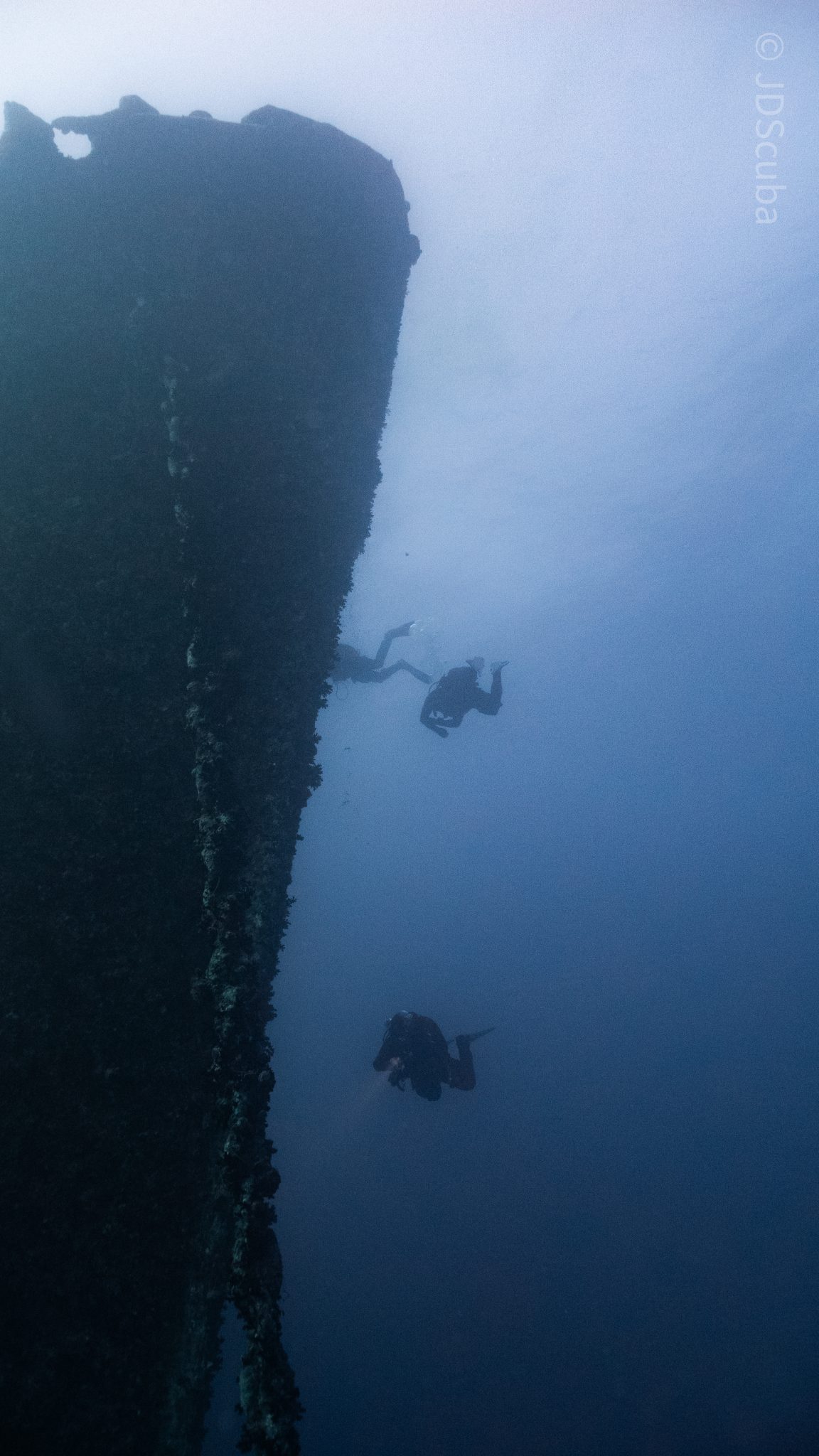
Kitting up, there was a lot of excitement on deck before entering the water and heading down the shoreline. Descending to the wreck, there was a light northerly current which reduced the visibility, making it feel more like the conditions that can be found off the Welsh coast. At 10m from the bottom, the outline of the wreck appeared as we reached the area of the wreck which had been bombed, as our mooring line was attached to part of the propeller shaft. Arriving on deck, instantly everywhere you looked there were many of the supplies which the ship was carrying, including Bren Carrier tanks and projectiles that instantly stood out.
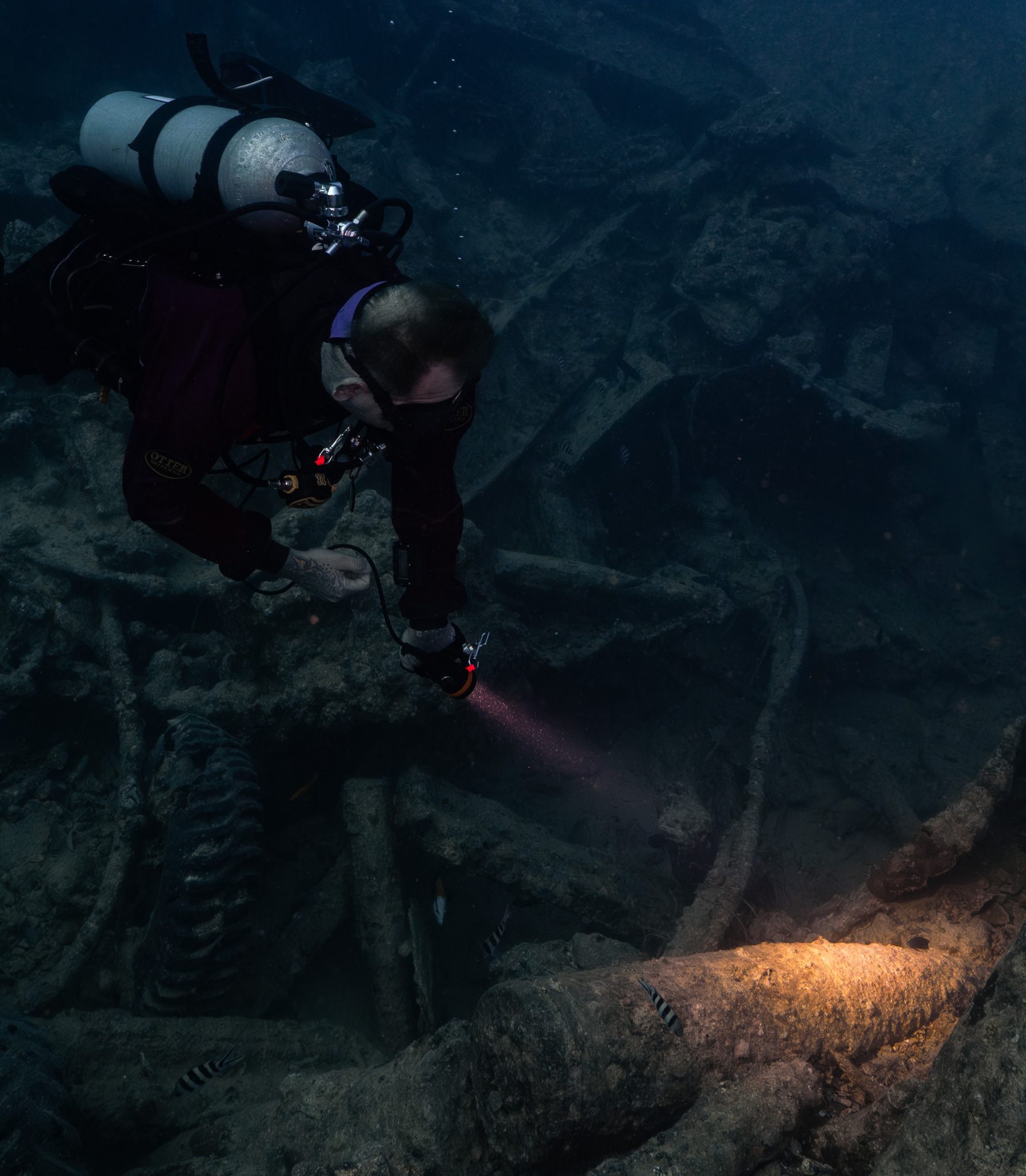
We headed around the exterior, taking a look at the large propeller and guns mounted on deck before entering the wreck on the port side to take a look in the holds. It was incredible to see all the trucks, Norton 16H, and BSA motorcycles still perfectly stacked within, providing a real snapshot in time.
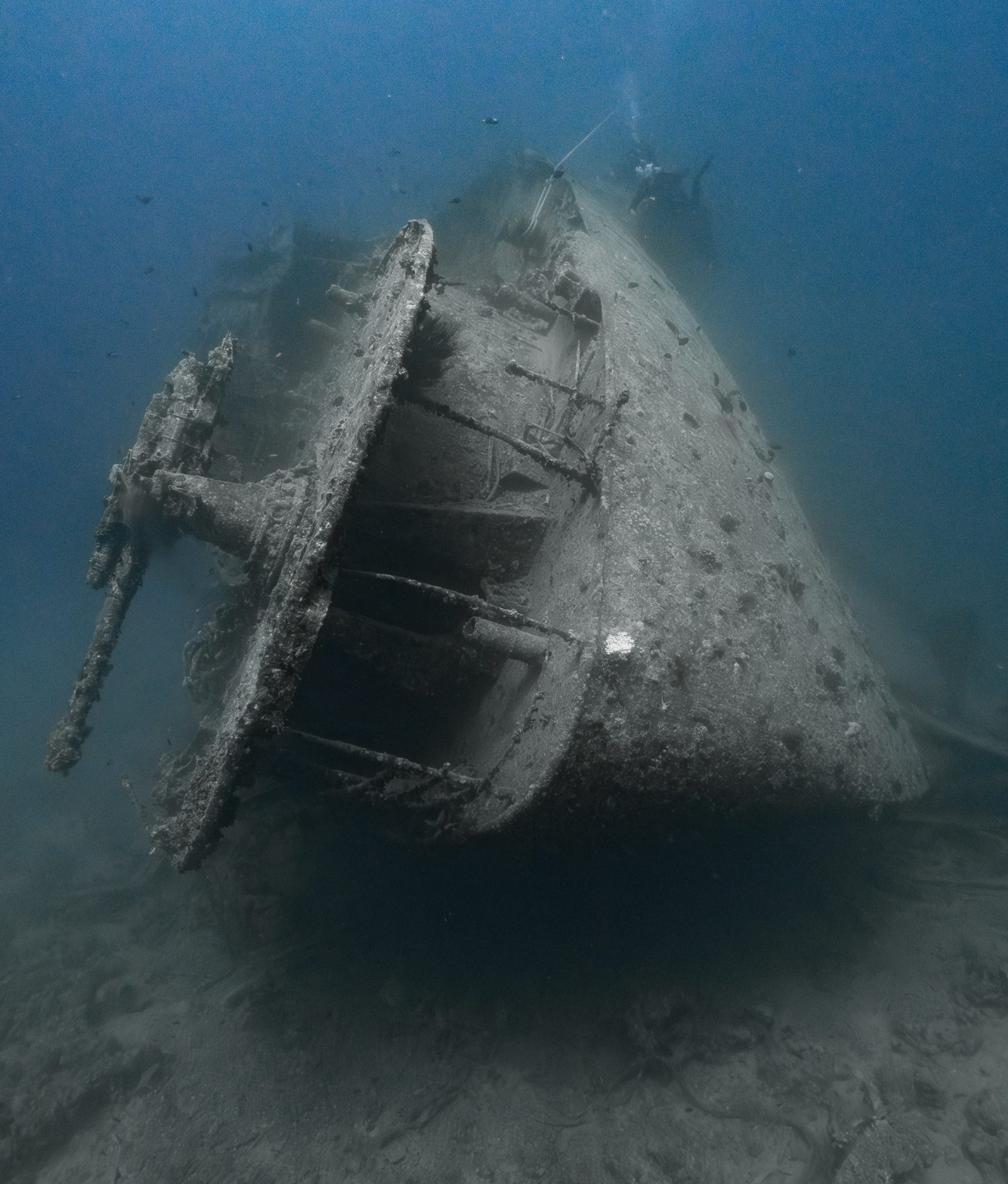
Overall, we had four dives on the Thistlegorm, where for all of the dives we were the only group in the water, and at times, there were just three of us on the whole wreck, which made it even more special, especially knowing that most days the wreck has hundreds of divers. Along with the history of the wreck, there was plenty of marine life on the wreck and around, from big green turtles to batfish, along with shoals of mackerel being hunted by trevally. Some unforgettable dives.

The final leg of the trip saw us cross back over the Suez Canal to the Gobal Islands where we planned to stay the night and do three dives at the Dolphin House for the potential of sharing the dive with dolphins. The site, which included a channel that was teeming with reef fish, especially large numbers of goatfish that swam in large shoals along the edge of the reef. These were nice relaxing dives to end the week. Unfortunately, the dolphins didn’t show up, which was okay as like all marine life they are difficult to predict and you can’t guarantee what’s going to be seen. With the last dive complete, we headed back to port for the final night where it was time to clean all the kit and pack before the departure flight the next day.
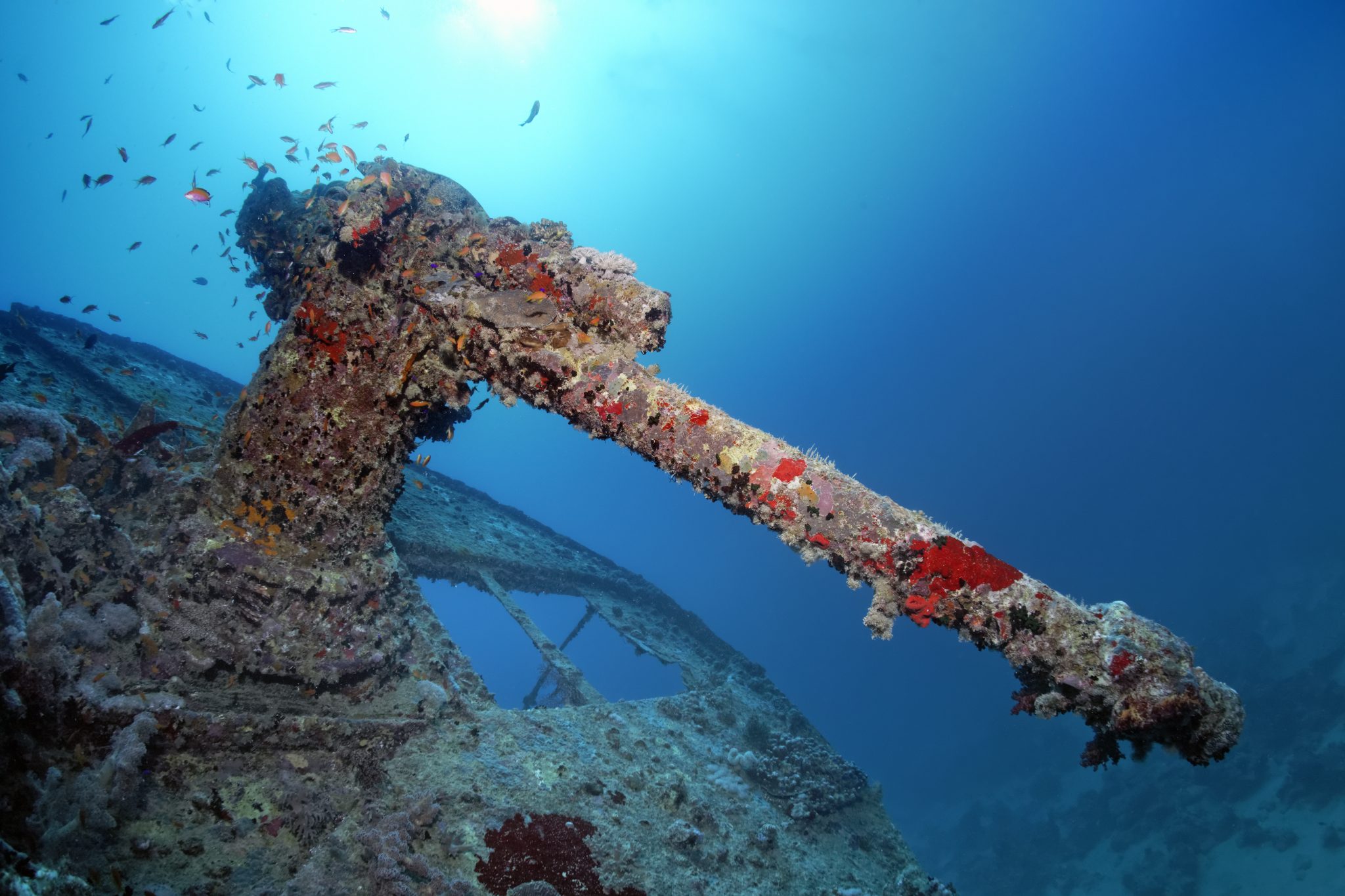
The whole week from start to finish on Ghazala Explorer was amazing; the boat had all the facilities you need for a comfortable week aboard. The crew were always there to help throughout the day and the chefs providing top quality food which was required after every dive. The itinerary providing some of the best diving with a nice mixture of wreck and reef dives. I would recommend the trip to anyone, whether it’s your first Red Sea liveaboard in the Red Sea or you’re revisiting. Hopefully, it’s not too long before I head back to explore more of the Red Sea onboard Ghazala Explorer.
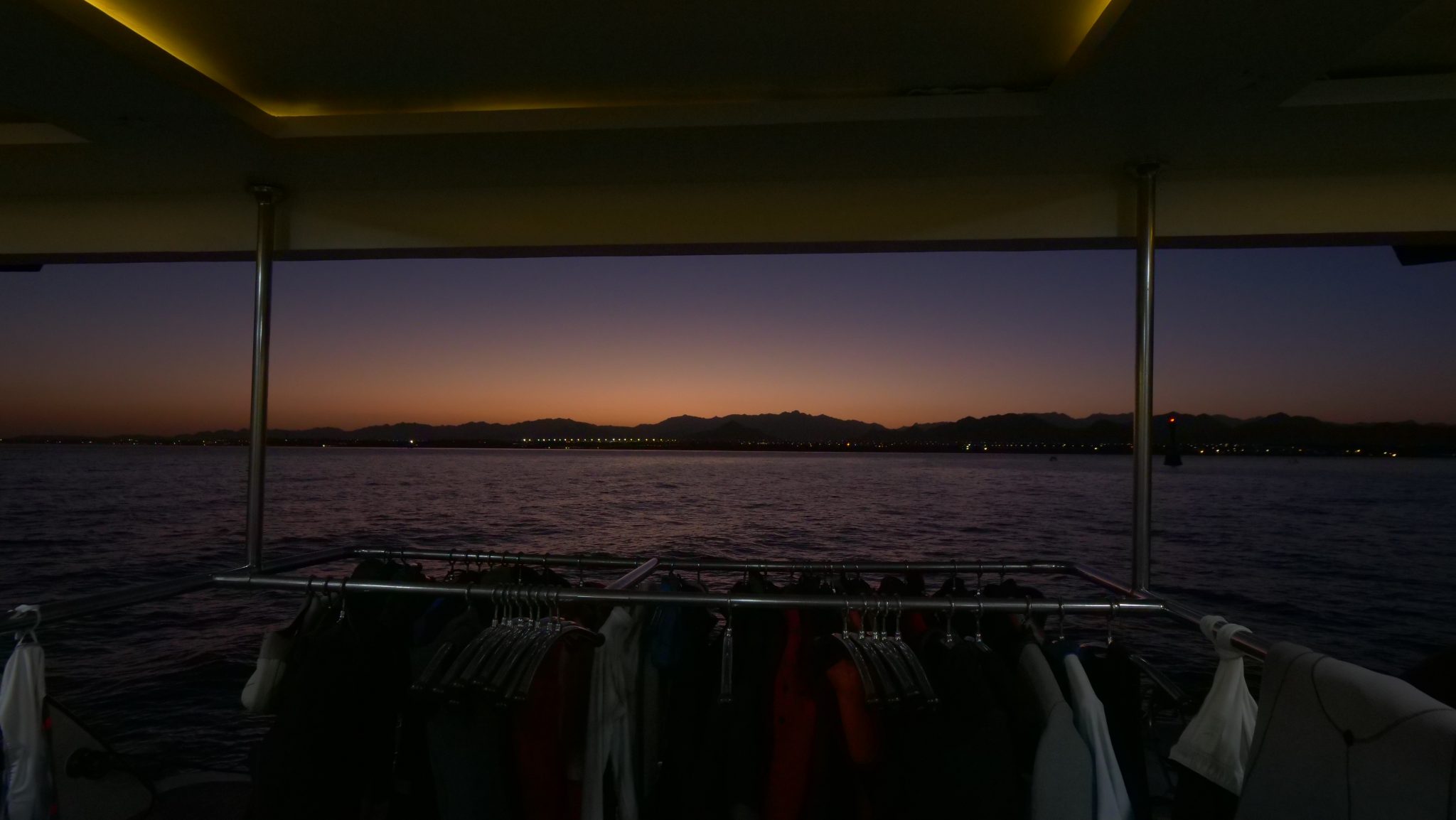
To find out more about the Northern Red Sea reef and wrecks itineraries aboard Ghazala Explorer, or to book, contact Scuba Travel now:
Email: dive@scubatravel.com
Tel: +44 (0)1483 411590
Photos: Jake Davies / Avalon.Red
-
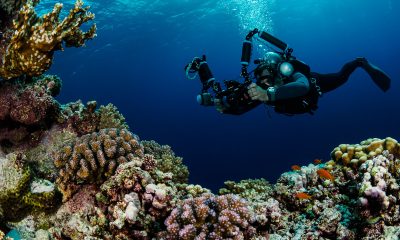
 News3 months ago
News3 months agoHone your underwater photography skills with Alphamarine Photography at Red Sea Diving Safari in March
-
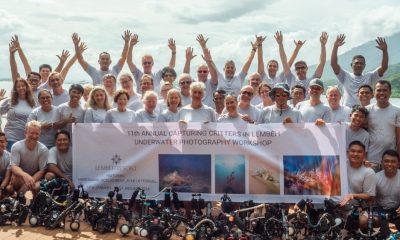
 News3 months ago
News3 months agoCapturing Critters in Lembeh Underwater Photography Workshop 2024: Event Roundup
-
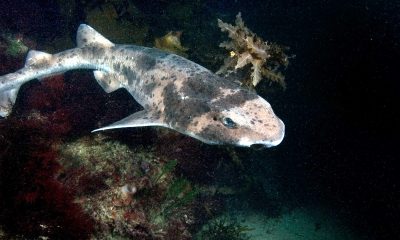
 Marine Life & Conservation Blogs2 months ago
Marine Life & Conservation Blogs2 months agoCreature Feature: Swell Sharks
-
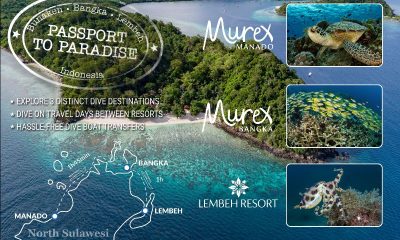
 Blogs2 months ago
Blogs2 months agoMurex Resorts: Passport to Paradise!
-
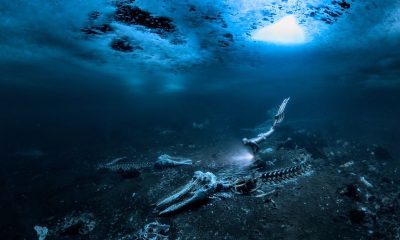
 Blogs2 months ago
Blogs2 months agoDiver Discovering Whale Skeletons Beneath Ice Judged World’s Best Underwater Photograph
-

 Gear Reviews3 months ago
Gear Reviews3 months agoGear Review: Oceanic+ Dive Housing for iPhone
-
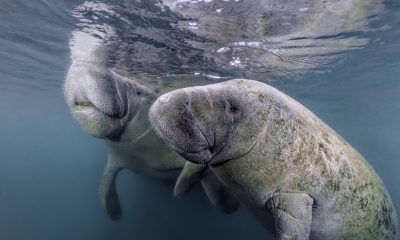
 Marine Life & Conservation2 months ago
Marine Life & Conservation2 months agoSave the Manatee Club launches brand new webcams at Silver Springs State Park, Florida
-
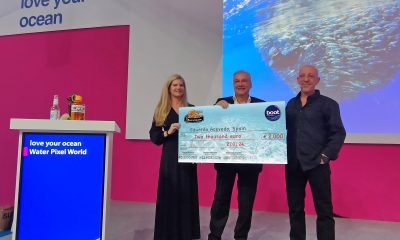
 News3 months ago
News3 months agoWorld’s Best Underwater Photographers Unveil Breathtaking Images at World Shootout 2023





